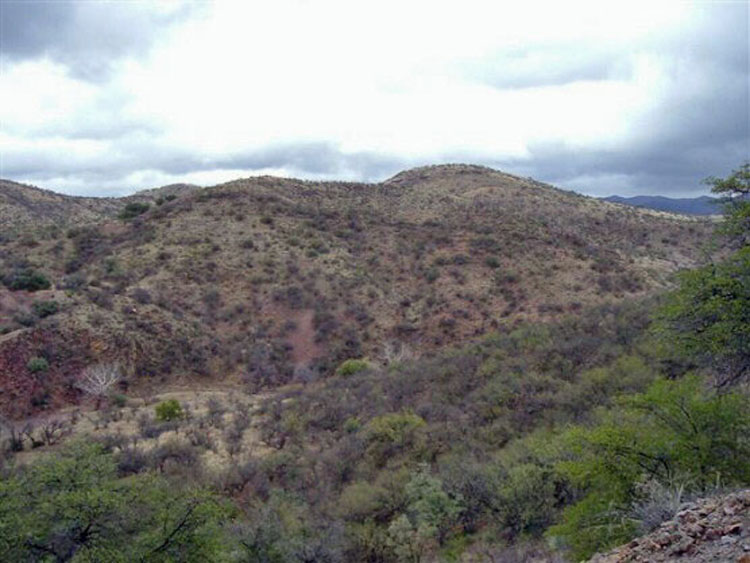Mining and Minerals Education Foundation |

Antonio Siraumea
(1710?-1760?)
1995 Inductee from Mining's Past
Antonio Siraumea, a Yaqui, was likely a resident of the rancheria Arizonac, a real, or small mining camp at the edge of the northern frontier of the Spanish colonies of New Spain.
In October 1736, Siraumea found what appeared to be a number of massive pieces of native silver that were eventually determined to weigh in excess of two tons. This discovery, known as the planchas or bolas de plata brought a rush of miners from the established mining areas of Central Mexico to the real. Siraumea never profited from his find, as the authorities officially declared the planchas to be the property of the King in 1741, but eventually gave him back six arrobas (approximately 150 pounds) in recognition of his find.
The ultimate result was that the find continued to be referred as the “silver of Arizona” and the story of the Arizonac discovery was perpetuated. The name was soon applied to the mountain range and then the area itself, including the area of southern Arizona acquired by the United States in the Gadsden Treaty. Beginning in the 1820s, the continuing rumors of the planchas de plata drew the first prospectors into Arizona and eventually gave Arizona its name.
Print Version Previous Archive Next
